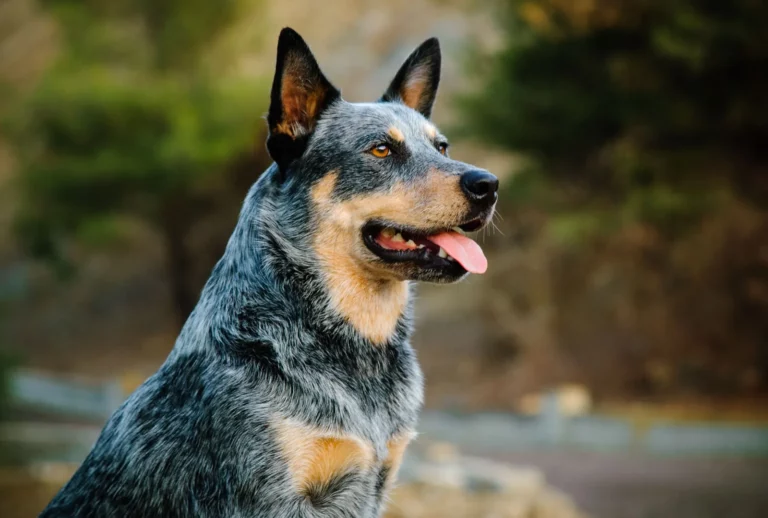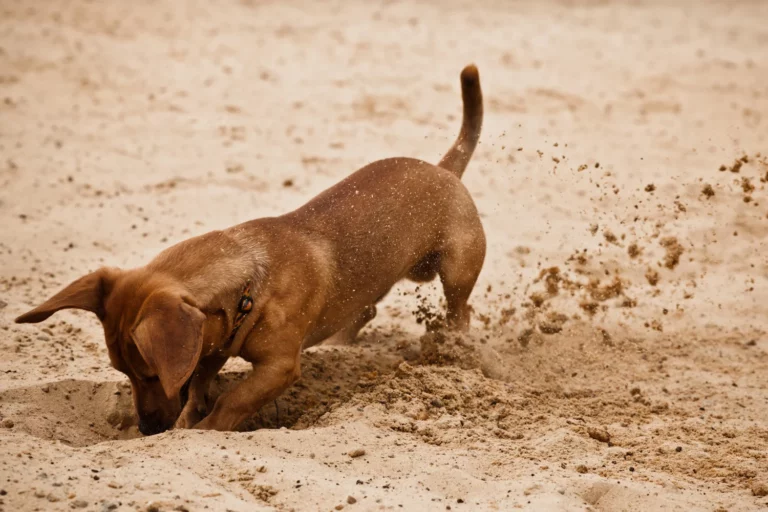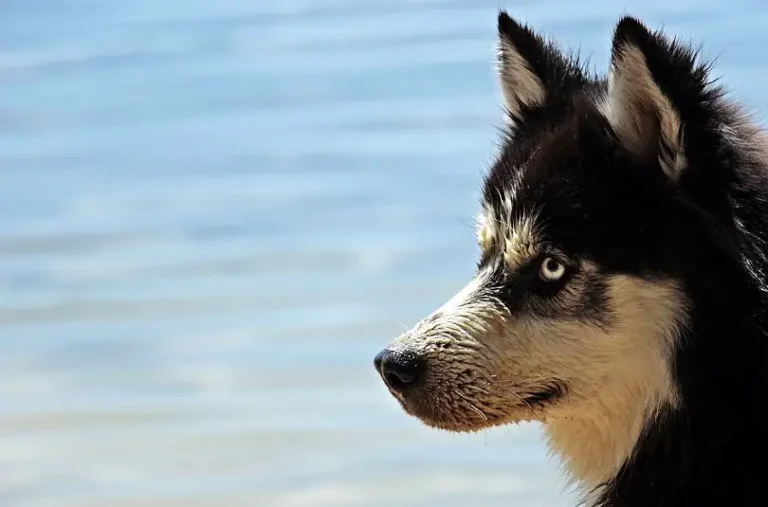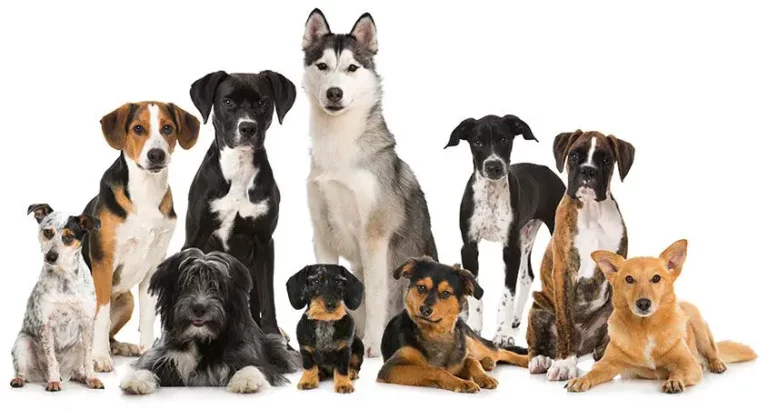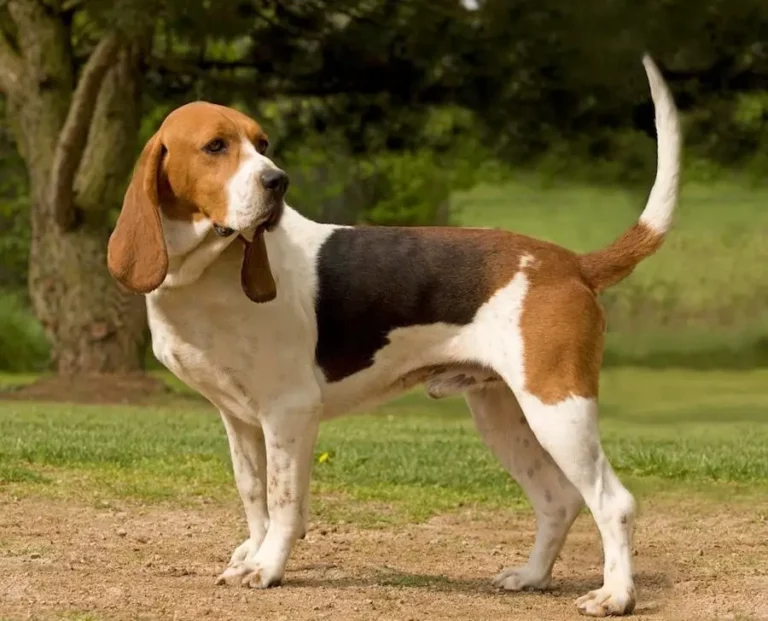Unveiling Blue Ghost Tri Bullies: A Complete Guide
The world of dog breeds is vast and varied, with each breed bringing its unique set of characteristics, aesthetics, and lineage. Among them, the Blue Ghost Tri Bullies stand out not only for their distinctive appearance but also for the aura of intrigue surrounding their lineage.
In essence, Blue Ghost Tri Bullies are a rare and stunning variant of the American Bully breed, characterized by their mesmerizing coat color combinations and robust physique.
Key Takeaways:
- Blue Ghost Tri Bullies are a unique variant of the American Bully breed.
- Their distinct coat colors and patterns make them highly sought after.
- This breed is not just about aesthetics; they come with a rich history and lineage.
Short Answer: Blue Ghost Tri Bullies are a captivating and rare subtype of the American Bully, celebrated for their signature tricolor coat patterns and their strong, imposing stature.
Origins and History of the Tri-Color Bully
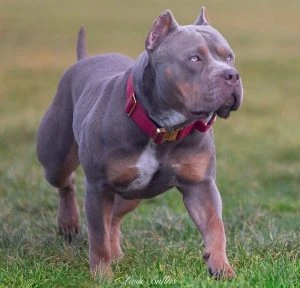
The tri-color gene in bullies traces back to a rich tapestry of breeding history. Initially, the American Bully, and by extension, the tri-color variations, had their roots in a blend of American Staffordshire Terriers and American Pit Bull Terriers.
These breeds were crossbred in an attempt to develop a canine that combined the best of both – the loyalty and temperament of the Staffordshire and the strength and courage of the Pit Bull.
The tri-color gene itself is a recessive one. This means that for a puppy to showcase the tri-color pattern, both parents must carry the gene. Over time, as breeders recognized the increasing demand and allure of the tri-color coat, selective breeding practices were employed to promote this trait.
The Blue Ghost variation specifically emerged as a standout amongst the tri-colors. Its ghostly blue hue, combined with two other distinct colors, made it immensely popular. This particular shade of blue is soft, muted, and almost ethereal, giving the dog a unique and captivating appearance.
As with many breeds, the introduction of a new variation often comes with its fair share of supporters and detractors. While many embraced the Blue Ghost for its distinct coat and commanding presence, others raised concerns about the ethics of breeding for aesthetics.
However, the Blue Ghost Tri Bully’s popularity is undeniable, and its place in the Bully breed lineage remains firmly established today.
No products found.
Understanding Variations of the Tri Bullies
Blue Ghost Tri Bully
The Blue Ghost Tri Bully stands out with its distinctive blue coat, complemented by secondary shades that create the “tri” effect. Originating from selective breeding within the American Bully line, this variation is noted for its vibrant and stunning appearance, capturing the attention of bully enthusiasts worldwide.
Lilac Ghost Tri Bully
The Lilac Ghost Tri Bully is a notch different from its blue counterpart. Characterized by a soft, pastel-like lilac shade, this variant owes its unique color to a combination of specific genetic markers. Their ethereal hue makes them particularly sought-after among bully breed aficionados.
Ghost Tri American Bully
A broader category, the Ghost Tri American Bully refers to any American Bully displaying the tri-coloration with a ghostly or diluted hue. It encompasses several variations, including the Blue and Lilac Ghost Tri, but is unique in its own right with a distinct set of genetic markers and attributes.
Blue Ghost Tri XL Bully
Size matters in the bully world! The Blue Ghost Tri XL Bully is essentially a larger version of the Blue Ghost Tri Bully. With the same captivating coloration, the XL in its name signifies its impressive size, often towering over other bully breeds.
Blue Ghost Bully
While tri-coloration is a highlight for many bullies, the Blue Ghost Bully is all about celebrating the pure, hauntingly beautiful blue shade. Absent the additional hues that make up the tri, this bully focuses on the deep and rich blue that has become synonymous with the breed.
Fawn Ghost Tri Bully
The Fawn Ghost Tri Bully is a tribute to the warm fawn shades, paired with two other hues to complete its tri-coloration. This variant stands out with its earthy and rustic tones, a refreshing alternative to the cooler shades commonly seen in other tri bullies.
Brindle Tri Bully
Brindle patterns are unique, with dark streaks or patches on a lighter background. The Brindle Tri Bully incorporates this pattern into the tri-color scheme, offering an intricate and mesmerizing coat that sets it apart from other variations.
Blue Fawn Tri Bully
A delightful mix of blue and fawn, the Blue Fawn Tri Bully is a testament to the breed’s diverse color palette. This variant has the richness of the blue combined with the warmth of the fawn, presenting a balanced and eye-catching appearance.
No products found.
Characteristics and Temperament of the Blue Ghost Tri Bully
Coat Color and Patterns
The Blue Ghost Tri Bully is renowned for its mesmerizing coat that predominantly flaunts a deep blue shade. This primary blue hue is complemented by two other distinct colors, usually in the form of markings or patches, giving it the ‘tri-color’ distinction.
These secondary colors can vary, but they typically manifest around the bully’s eyes, cheeks, chest, and legs. The intensity of the blue can differ among individual dogs, ranging from a pale, ghostly blue to a richer, more vibrant shade.
Physical Attributes
Physically, the Blue Ghost Tri Bully is a testament to the robust and sturdy lineage of the bully breeds. They have a muscular build, with a broad chest and a strong, square jawline. Their eyes, often in contrasting shades to their coat, are expressive and can range from hazel to a deep brown or even blue.
With a medium-sized tail and compact feet, these bullies exude power and grace in their gait. It’s worth noting that their size can vary, especially when considering variants like the XL.
Behavior and Personality Traits
While their appearance might suggest a tough demeanor, the Blue Ghost Tri Bully is often described as a gentle giant. They are loyal to their families, showing immense affection and often seeking out physical closeness.
Their playful nature makes them great companions for children, although supervision is always recommended during playtime. Being intelligent, they respond well to training, especially when started young.
Socialization is crucial for these bullies to ensure they’re amicable with strangers and other animals. It’s important to remember that, like all dogs, their temperament can be influenced by upbringing, training, and social experiences.
No products found.
Health, Well-being, and Ethical Considerations
Common Health Issues
The Blue Ghost Tri Bullies, like other bully breeds, are prone to certain health issues. Some of the common ones include hip dysplasia, a condition affecting the hip joint that can lead to arthritis or pain.
They might also face heart issues, skin allergies, and certain eye conditions. Regular check-ups with a vet are essential to catch and treat these issues early on.
Diet and Nutrition
Ensuring that your Blue Ghost Tri Bully has a balanced diet is crucial for its overall health. Since they are muscular dogs, they require protein-rich foods. However, it’s essential to strike a balance to prevent obesity, a common concern in the breed.
Always opt for high-quality dog food and be wary of overfeeding. Supplements can be considered, but it’s always best to consult with a vet first.
Exercise and Training
Despite their robust appearance, Blue Ghost Tri Bullies are not as active as some might think. However, regular exercise is still crucial for their mental and physical well-being. Daily walks, coupled with some playtime, can be sufficient.
Training should start early, focusing on positive reinforcement techniques. They respond well to consistency and clear commands.
Breeding for Coat vs. Health
Breeding purely for aesthetic features, like the distinct tri-color coat, raises ethical concerns. When the focus shifts from the overall health and well-being of the dog to its appearance, there’s potential for health issues to be overlooked or underestimated.
It’s crucial that breeders prioritize the health and genetic diversity of the dogs over their coat color. Responsible breeding practices ensure that the breed remains healthy and free from preventable conditions.
Adopt vs. Shop
Given the popularity of the Blue Ghost Tri Bullies and other tri-color variations, there’s a significant demand in the market. However, potential owners should always consider adopting from shelters or rescue groups before shopping from breeders.
Many Bullies, including the tri-color variants, end up in shelters and are in desperate need of loving homes. Adopting not only gives a dog a second chance but also sends a message against unethical breeding practices.
Ghost Tri Bully Price
The Blue Ghost Tri Bully is a sought-after variant within the bully breeds, primarily because of its unique and captivating coat colors. This desirability, combined with the expenses associated with ethical breeding, can drive up the price of these dogs significantly.
Typically, the price for a Blue Ghost Tri Bully can range anywhere from $2,000 to $10,000 or even more. Several factors influence this pricing:
- Pedigree and Lineage: Dogs from award-winning lines or those with a traceable pedigree of champions often come with a higher price tag.
- Breeder Reputation: Established and reputable breeders who follow ethical practices, prioritize health checks, and invest in quality care for their litters often charge more. This premium is, in many cases, a testament to the care and quality the puppies have received.
- Location: Depending on where you’re purchasing from, prices can vary. In areas where the breed is more popular or where there are fewer breeders, you might find higher prices.
- Age and Training: Fully trained adult dogs or those that have received basic obedience or house training can be more expensive than puppies.
- Health Certifications: Puppies that come with health guarantees, and vaccinations, and have undergone necessary medical check-ups can be pricier.
- Coat Quality: While all Blue Ghost Tri Bullies have distinct tri-coloration, the richness of the colors, clarity, and distribution can also influence the price.
While the initial purchase price is a consideration, potential owners should also factor in ongoing costs associated with dog ownership, such as food, regular vet check-ups, training, grooming, and other unexpected expenses.
It’s essential to ensure that you’re not just paying for the dog’s unique look but also for a healthy, well-bred companion. Always prioritize breeders who are transparent, answer questions willingly, and showcase a genuine concern for the well-being of their dogs.
Frequently Asked Questions
Are Blue Ghost Tri Bullies good with children?
Absolutely! Blue Ghost Tri Bullies are known for their affectionate and gentle nature, making them excellent companions for families with children. However, as with any dog breed, early socialization and training are crucial, and it’s always essential to supervise interactions between dogs and young children.
How much do they typically cost?
The price for a Blue Ghost Tri Bully can vary widely based on factors like lineage, breeder reputation, and location. Typically, they can range from $2,000 to $10,000 or even higher for premium lineages or special characteristics.
Are they considered a rare breed?
While the tri-coloration in Bullies is not uncommon, specific shades like the Blue Ghost Tri are rarer, making them more sought-after and often pricier.
How do they get along with other pets?
With early socialization, Blue Ghost Tri Bullies can get along well with other pets, including dogs and cats. However, it’s important to introduce them slowly and monitor interactions, especially if introducing them to an existing pet family.
What is their average lifespan?
On average, a well-cared-for Blue Ghost Tri Bully can live between 10 to 12 years. This lifespan can be influenced by factors like diet, exercise, genetics, and overall care.
Do they have any breed-specific bans or restrictions?
In some regions or housing communities, there are restrictions on owning bully breeds. It’s essential to check local regulations or housing rules before acquiring a Blue Ghost Tri Bully.
Is a blue tri Bully rare?
Yes, the blue tri-coloration in Bullies is rarer compared to other shades. This rarity often makes them more desirable to enthusiasts and potential owners.
How much is a blue tri American Bully?
The price for a blue tri American Bully can vary but usually ranges from $1,500 to $7,000, depending on various factors like pedigree, age, and breeder reputation.
What is the rarest Bully color?
The rarest colors in Bullies include the merle pattern, chocolate, and certain tri-color variations like the Blue Ghost Tri and Lilac. The rarity often increases the value of dogs with these coat colors.
What is a ghost merle Bully?
A ghost merle Bully refers to a dog with a diluted merle pattern, making the typical spots or patches less distinct or ‘ghostly.’ It’s a genetic variation and can be found in various bully breeds.
Conclusion
Blue Ghost Tri Bullies are an enchanting blend of genetics, color, and temperament that many dog enthusiasts admire. Their unique coloration, combined with the loving nature of Bullies, makes them an excellent choice for families, singles, and seniors alike.
While their striking appearance is undeniably alluring, it’s their character and loyalty that truly win the hearts of many. Remember, as with any breed, it’s essential to prioritize their health, well-being, and happiness over aesthetics.
Ensuring they lead a well-balanced life, filled with love, proper care, and regular check-ups, will guarantee a loyal companion for many years. Whether you’re a long-time bully breed fan or just discovering the Blue Ghost Tri, there’s no denying the special place they hold in the world of canine aficionados.

